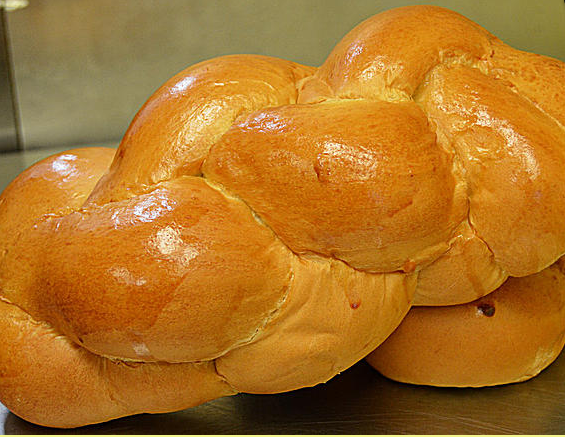What do we know about The Irreplaceable Chefs Knife at Kosher Bread Pro ? We know it’s a hot topic for Kosher Baking.
About The Irreplaceable Chefs Knife
If you could only own one kitchen knife professional chefs would almost unanimously agree that your one kitchen knife should be a chef’s knife. The chef’s knife is also called a cook’s knife, and for good reason.
The chef’s knife is the workhorse of the kitchen. The go-to food preparation tool that professional chefs use in every session. Have you ever seen Rachel Ray use anything other than those orange handled vegetable chopping beasts? She sells them under her own brand.
Chef’s knives come in blade lengths from 5 to 12 inches. The standard blade length is 8 inches and that is the size you will find in most culinary schools and professional kitchens. Keep in mind that most professional chefs are men so the more diminutive among us will do just as nicely with a 7 inch blade or maybe even one an inch or two smaller, depending on personal preferences.
The shape of the chef’s knife is what makes it so versatile and so desirable. The tip is pointed and just flexible enough to cut around bones. The wide blade is designed for chopping, slicing and mincing vegetable bunches. The better designed chef’s knives are slightly rounded towards the tip so that you can use a continuous rocking motion for chopping and dicing. The heel is extra thick and rugged and can be used like a cleaver for chopping through bone or for splitting a raw turnip. The wide, flat side of the blade is used for smashing garlic. Even the flat, non-cutting edge of the blade has a purpose and is used to tenderize cutlets.
Quality chef’s knives are made from high-carbon stainless steel, which can be sharpened to a razor’s edge and which is easy to keep clean without rusting. The very best chef’s knives are forged – individually hammered from a single piece of steel. Quality chef’s knives are also stamped or punched out of sheet steel. You can tell a forged knife from a stamped knife by the hump or shoulder on the forging where the blade meets the handle. Forged knives are heavier and are generally reputed to have better feel and balance. Forged chef’s knives are the most expensive ($75 to $100) but if not sorely abused a forged chef’s knife will last for decades.
Handles are 1/3 to 1/2 the length of the blade. They are made from wood or hard composites. The most important handle characteristic is how it feels in your hand. Professional chefs have a strong preference for handles that are riveted through the back end of the blade. If nothing else the rivets impart a sense of strength and permanence.
Heft or weight is important. You want the heaviest chef’s knife that you can work without discomfort. If this seems counterintuitive consider that the heavier the knife the more gravity contributes to the work. A light chef’s knife requires more work from you to chop through a thick parsley bunch or to pound out a cutlet.
(c) 2006. Peter Boston. Shop for kitchen cutlery, cookware and the most popular kitchen gadgets at kitchenamerican.com
Source: www.articlecity.com

